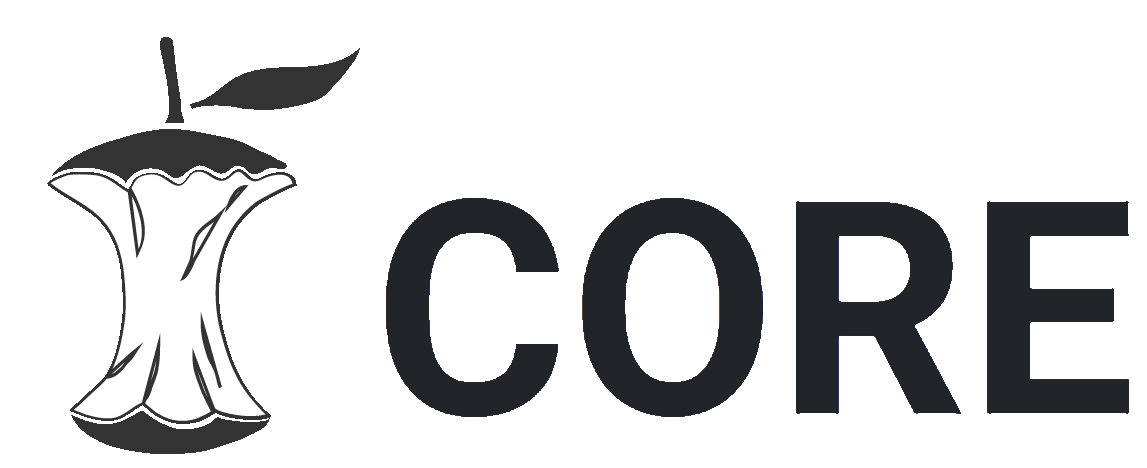Publicación: Algoritmo de aprendizaje semi-supervisado para la clasificación automática de regiones en imágenes de histopatología como apoyo al diagnóstico de cáncer
Portada
Citas bibliográficas
Código QR
Autores
Director
Autor corporativo
Recolector de datos
Otros/Desconocido
Director audiovisual
Editor/Compilador
Editores
Tipo de Material
Fecha
Cita bibliográfica
Título de serie/ reporte/ volumen/ colección
Es Parte de
Resumen en español
El análisis y detección de patologías en láminas de histopatología requiere el tiempo de médicos patólogos especializados, quienes analizan las muestras de tejido en el microscopio. El tiempo que transcurre desde la extracción de tejido del paciente hasta que se conocen los resultados puede prolongarse por varios días e incluso meses, retrasando así el inicio del tratamiento. Gracias a la incipiente patología digital, las muestras son escaneadas y transformadas en imágenes digitales, permitiendo agilizar el análisis y detección de patologías. La sustitución de las imágenes microscópicas por imágenes digitales supone un avance importante que permite que patólogos a distancia puedan analizar los casos, reduciendo el tiempo necesario para iniciar el tratamiento y atención oportuna de pacientes con cáncer. Al realizar el análisis y preprocesamiento de las imágenes de histopatología por métodos computacionales se pueden reducir los tiempos de diagnóstico que requieren los patólogos para analizar los resultados, permitiendo a su vez priorizar el orden de las muestras más críticas o de difícil diagnóstico. En la actualidad existe un déficit de médicos patólogos, y los pocos que hay se encuentran concentrados en las ciudades principales del país, además, debido al limitado tiempo con el que cuentan y al incremento paulatino de las bases de datos de láminas digitalizadas de histopatología, es difícil la anotación manual y diagnóstico de todas las láminas por parte de los expertos. Por otra parte, los pacientes pueden requerir una segunda opinión acerca de un resultado, por lo que sería necesario esperar nuevamente por el análisis del médico patólogo, retrasando aún más en inicio del tratamiento. Debido a esto, es necesaria la incursión de métodos de aprendizaje computacional que puedan aprender a clasificar automáticamente regiones en grandes láminas de histopatología aprovechando los pocos ejemplos anotados por médicos patólogos. En este proyecto se implementa un algoritmo de aprendizaje de una sola vez que permite clasificar automáticamente regiones de tejido en grandes láminas digitalizadas de histopatología de cáncer de acuerdo con sus características visuales, con pocas o ninguna anotación por parte de expertos, así como la exploración de métodos de aprendizaje automático del estado del arte que incluyen estrategias de aprendizaje por transferencia como otra estrategia para aprovechar modelos entrenados previamente con más datos para escenarios con pocos datos anotados por los expertos.
Resumen en inglés
The analysis and detection of pathologies in histopathology slides requires the time of specialized medical pathologists, who analyze tissue samples under a microscope. The time that elapses from the extraction of tissue from the patient until the results are known can be prolonged for several days or even months, thus delaying the start of treatment. Thanks to the incipient digital pathology, the samples are scanned and transformed into digital images, allowing to speed up the analysis and detection of pathologies. The replacement of the microscopic images with digital images represents an important advance that allows remote pathologists to analyze the cases, reducing the time necessary to initiate the treatment and timely care of patients with cancer. By performing the analysis and preprocessing of histopathology images by computational methods, the diagnostic times required by pathologists can be reduced to analyze the results, allowing in turn to prioritize the order of the most critical or difficult to diagnose samples. Currently there is a shortage of pathologists, and the few that are are concentrated in the main cities of the country, in addition, due to the limited time they have and the gradual increase in the databases of digitized histopathology slides, Manual and diagnostic annotation of all slides by experts is difficult. On the other hand, patients may require a second opinion about a result, so it would be necessary to wait again for the analysis of the pathologist, delaying further in the beginning of the treatment. Due to this, the incursion of computational learning methods that can learn to automatically classify regions into large sheets of histopathology is necessary taking advantage of the few examples recorded by pathologists. In this project, a one-time learning algorithm is implemented that allows the automatic classification of tissue regions into large digitized sheets of cancer histopathology according to their visual characteristics, with little or no annotation by experts, as well as the exploration of state-of-the-art automatic learning methods that include transfer learning strategies as another strategy to take advantage of previously trained models with more data for scenarios with little data recorded by the experts.


 PDF
PDF  FLIP
FLIP 

